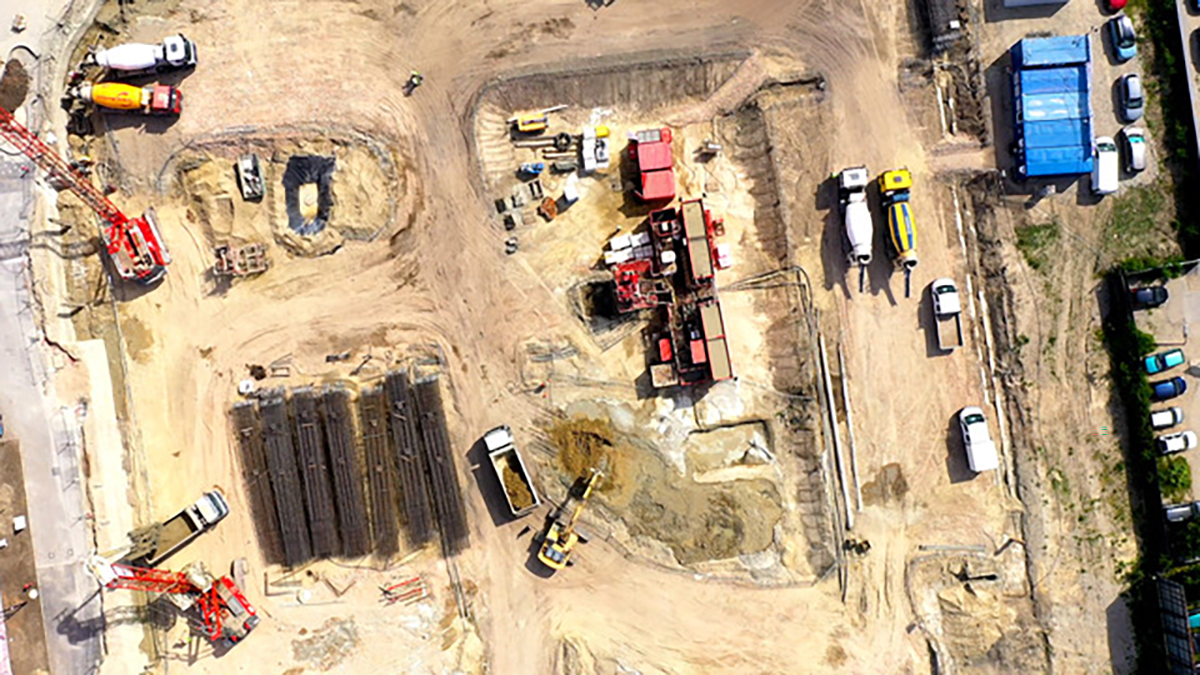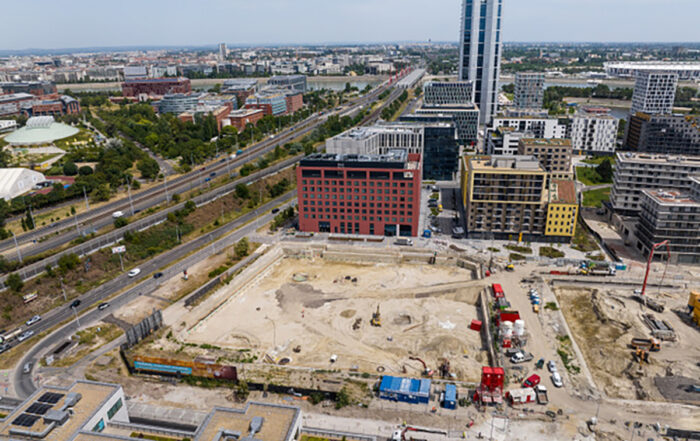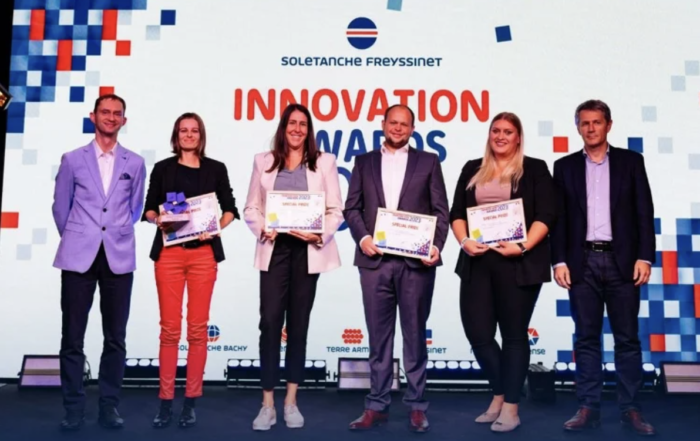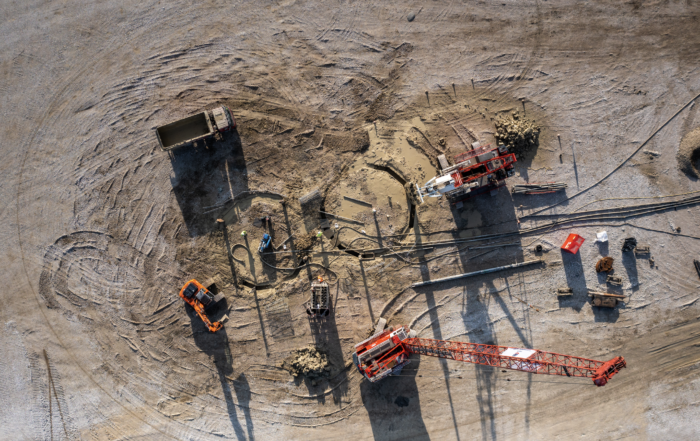The foundations of the BudaPart CORSO office building in BudaPart, which holds the world’s best urban district development award, were built by HBM Soletanche Bachy on behalf of Market Építő Zrt. Thanks to the environmentally friendly solutions used by the civil engineer and the sustainable design approach, the foundation work’s CO2 footprint was significantly reduced.
HBM was assigned to the construction of a diaphragm wall with a total area of 5,551 m2 . What makes this project special is that it was implemented as HBM’s first sustainability pilot project, where from the design phase through each stage of construction, a dedicated, in-house working group operated and dealt with the realization of sustainability efforts.
Environmentally conscious approach from tender to realization

The civil engineer represented an environmentally conscious approach already in the tender stage: their design team reviewed the existing plans and proposed solutions that allowed them to optimize the material amount used in the structure. In addition, when choosing the materials to be installed, the main consideration was to select the ones with the smallest possible carbon footprint. With the rational planning method, they made it possible to refrain from the use of 600 m3 of concrete, 95 tons of reinforcing steel and 158 ground anchors, while complying with all the technical specifications of the construction and with the original expectations. This benefited the environment: nearly 300 tons less carbon dioxide entered the atmosphere. In addition, by building-in low low-carbon concrete, the emission of an additional 100 tons of CO2 was prevented compared to average civil engineering concrete types.
The water supply was also protected during the anchoring works
In addition to reducing the carbon footprint of the construction works, HBM also put special emphasis on the protection of the already existing built environment. Since the construction site is located in a relatively densely built residential area, a different hydraulic chiselling technique with
significantly less dust and noise pollution was used for the chiselling of the D-wall. The concrete debris produced during chiselling was made available to the main contractor, who recycled it after appropriate pretreatment.
Furthermore, the civil engineer also protected our water resources, since they used groundwater for the anchoring works, with which they were able to protect about 140 m3 of clean drinking water.
The foundation of the BudaPart CORSO office building is a good example of HBM’s commitment to the green transition in the construction industry and thereby to the protection of the natural environment.



